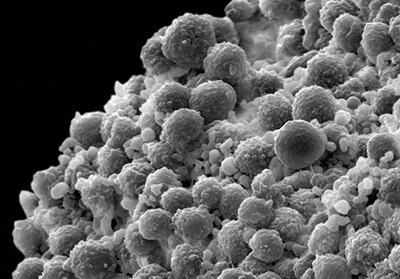UPPSALA, Sweden — Men diagnosed with prostate cancer have a better chance of living longer thanks to a new “dual treatment” strategy, a new study explains. The average survival rate has increased by an average of six months ever since doctors began using this technique, researchers in Sweden say.
Dual treatments involve giving people both standard hormone therapy and chemotherapy or androgen receptor blockers. Previous research shows men who received dual treatment for their prostate cancer lived one year longer compared to people taking only hormone therapy.
“Dual treatment for men with newly diagnosed metastatic prostate cancer was gradually introduced in Sweden after the results of the randomized trials came in, and dual treatment is now recommended in the national care program for prostate cancer. We wanted to see if the change in treatment of these patients was followed by increased survival,” says study co-author Marcus Westerberg, a professor in the Department of Surgical Sciences at Uppsala University, in a media release.

The updated estimates came after analyzing survival data from the National Prostate Cancer Resister which covers about 95 percent of all new prostate cancer cases. In this study, they analyzed the medical information of Swedish men diagnosed with metastatic prostate cancer between 2008 and 2020. In 2016, only one percent of men at this advanced stage received dual therapy — this increased to 40 percent in 2020. The greater use of dual therapy was mostly among men under 65, with a small increase in men over 80.
The average survival rate from 2008 to 2012 was 2.7 years after diagnosis. From 2017 to 2020, when dual therapy became more commonplace, the survival rate increased to 3.2 years. A greater chance for survival appeared mainly among men over 80.
“Although care should be taken when interpreting our results, we found a clear temporal association between the introduction of dual treatment and improved survival rates. The study suggests that treatments that have been successful in randomized trials are also successful at the population level when introduced into routine care,” Westerberg explains.
The study is published in JAMA Network Open.
You might also be interested in:
- Free online tool could save prostate cancer patients $9,000 in drug costs
- Best Anti-Cancer Foods: Top 5 Superfoods Most Recommended by Experts
- Best Men’s Multivitamins: Top 5 Brands Most Recommended By Experts


6 months if additional misery. No thanks